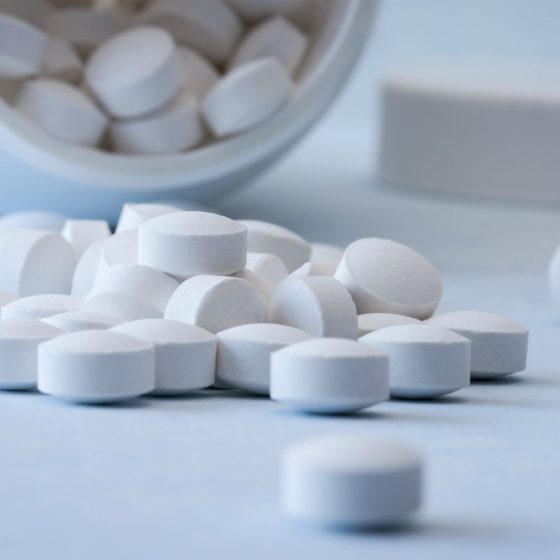Statins
Introduction Statins have revolutionised the management of hypercholesterolaemia. Statins have become essential in the management of patients with, or at risk, of cardiovascular disease including coronary artery disease (CAD), cerebrovascular disease and peripheral vascular disease (PVD). Indications Statins were primarily created to treat hypercholesterolaemia, which is an independent risk factor for cardiovascular disease. Statins are indicated in both primary and secondary prevention of cardiovascular disease for many conditions. Primary prevention Cardiovascular risk assessment score ≥10%* and ≤ 84 years old (risk/benefit if >84) Cardiovascular risk assessment score ≥10%* and type 2 diabetes mellitus (T2DM) Type 1 diabetes mellitus (T1DM) and additional criteria (age, kidney disease, duration) Chronic kidney disease (CKD)

